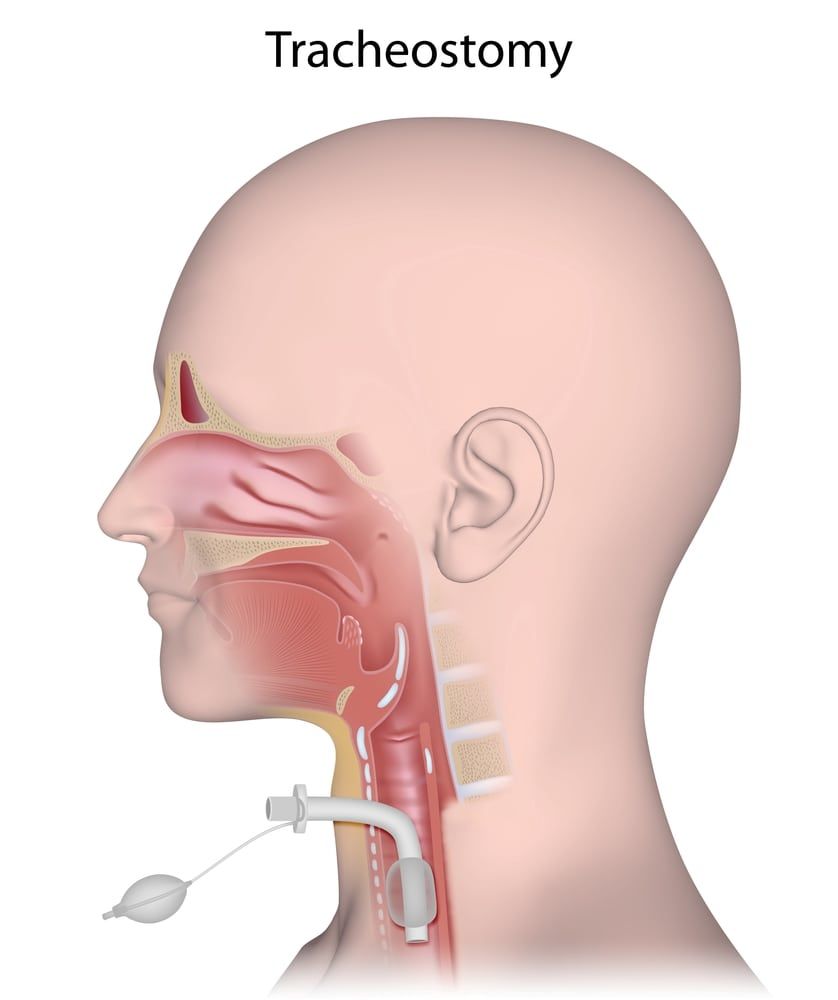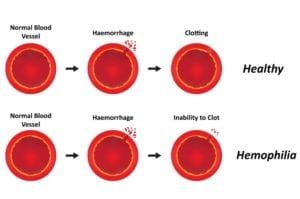A tracheostomy is a hole surgically placed in a child’s trachea to make breathing easier when it is otherwise impaired. Pulmonologists may order a tracheostomy with or without the use of a ventilator, depending on the patient’s individual needs. For some, a tracheostomy is only temporary, whereas others may require it as a permanent breathing solution.
Did you know…
that a temporary tracheostomy can be removed with a little scar left behind? A child must be capable of breathing deeply and coughing on his or her own before the tube will be removed. Once it is no longer needed, the tracheostomy tube is taken out, and the hole is allowed to heal. Healing usually occurs quickly, though some patients require surgery to shut the gap.
Frequently Asked Questions
What are some reasons why a child might need a tracheostomy?
Tracheostomy tubes aid in breathing, as well as mucous secretion. They may be used when children require the use of a ventilator to breathe for an extended period of time or when a medical condition, such as vocal cord paralysis, is obstructing normal breathing.
What will happen during a tracheotomy procedure?
Your child will be placed under general anesthesia before undergoing a tracheotomy. During the procedure, an incision is made into the trachea, through which a tube will be placed. This tube may or may not be attached to a ventilator to aid in breathing. Following the procedure, your child may need to remain in the hospital for several days as his or her body heals and adapts to the tracheostomy tube.
How should I care for my child’s tracheostomy?
You will learn how to care for your child’s tracheostomy while in the hospital. Your child may experience difficulty eating and speaking after the procedure, those a speech therapist can help your child gain the coordination to speak and swallow again. Children with tracheostomy tubes may choose to cover them with a loose scarf for minimized visibility.











































































































































































































































































































